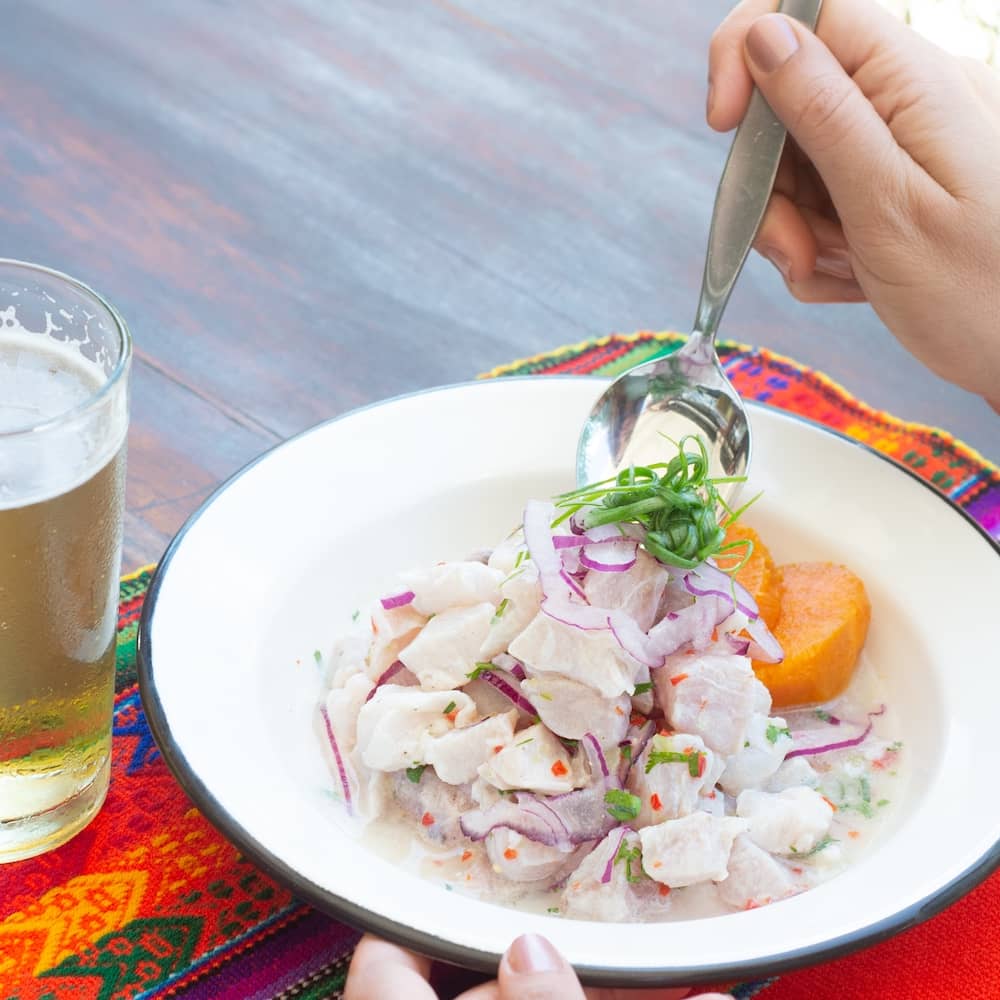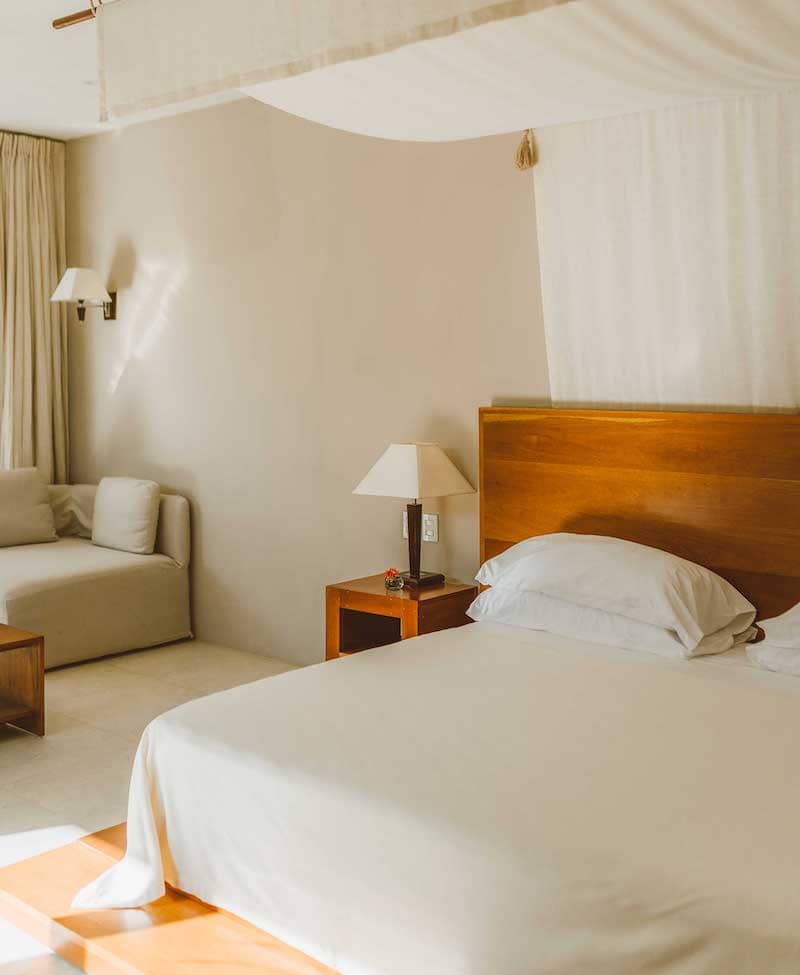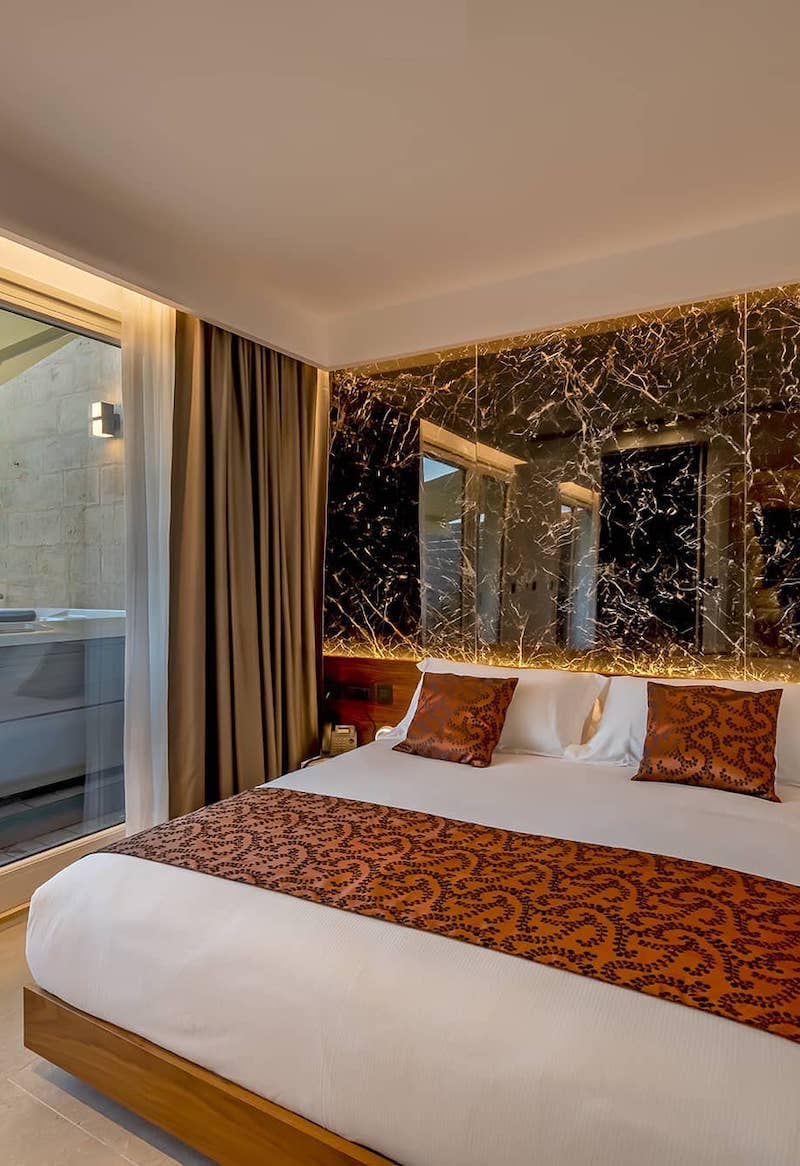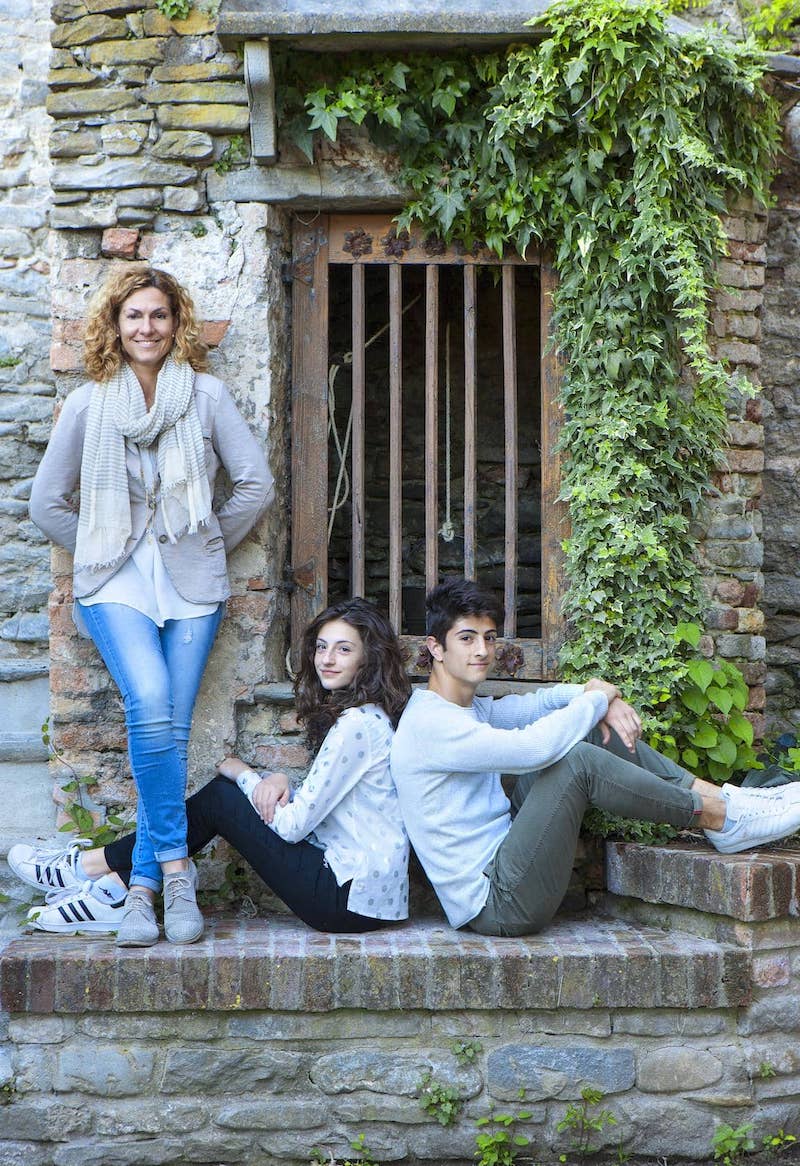Get to know Tulum, Mexico
You don’t have to search far for images of Tulum online. Beautiful beaches, azure ocean vistas, tropical sunshine… Let’s take a deep dive for a Sharp look at this incredible destination.
Tulum is Yucatec Maya for wall, a reference to the city’s massive fortifications This ancient city was originally called Zamá, or dawn, because it faced east towards the Caribbean sea. However, 19th Century explorers called it Tulum, and the name stuck.
As recently as the early 1990s, Tulum was a quiet village 2 km (1.5 mi) from the archaeological site, and tourism outside of the ruins was limited to a few small shops and simple cabañas on the beach. Tulum was one of the last cities built and inhabited by the Maya and achieved its greatest prominence between the 13th and 15th Centuries. The Maya continued to occupy Tulum for around another 70 years after the Spanish began their occupation of Mexico, but the city was abandoned by the end of the 16th Century. Tulum is one of the best-preserved coastal Maya sites, and is now a popular site for tourists. Tulum the tourist destination is now divided into four main areas: the archeological site, the pueblo (or town), the zona hotelera (or hotel zone), and the biosphere.
Here’s our guide on what to visit when in Tulum.

Tulum
One of the many beaches...

Totonec culture
Danza de los Voladores
Tulum Ruins
Undoubtedly this is one of the most visited archaeological zones in Mexico and for good reason. The city’s sublime ruins sit on seaside cliffs, high above turquoise waters that extend as far as the eye can see. The structures themselves may be modest in comparison to other grand Maya cities, but Tulum captures the imagination like no other. Tulum is a compact archaeological zone, contained entirely within enormous stone walls, and you can see it all in a couple hours, or a little longer if you stay for a swim.
The three walls surrounding Tulum are 3m to 5m high, and served to enclose and fortify the city, protecting the city’s civic-ceremonial buildings, palaces and the ruling classes who lived there. The vast majority of the residents, Tulum’s working class, lived outside the walls.
The most photographed structure is Templo del Dios de Viento, a small temple perched on a rocky outcrop, the Caribbean waters perfectly framing it. The structure’s circular base is associated with the god of wind, for which it is named. It’s believed that the roof had a special opening that would whistle when hurricanes approached to warn Tulum’s residents.
Templo del Dios Descendente is named after the relief figure of a descending god above the building’s door. The image, perhaps the most iconic of Tulum, is associated with the highly revered god of bees. At the spring equinox, a ray of sunlight shines through the temple, aligning perfectly under the image.
Sitting on a dramatic bluff, El Castillo is the tallest and most imposing structure in Tulum at 7m. Built in several phases, it served as a lighthouse, with a shrine at the top doubling as a beacon to lead canoes to the beach landing. Look for the plumed serpents hugging the pyramid’s corners, a reflection of regional influence of the Toltecs.
Templo de las Pinturas was an observatory used to track the movements of the sun. It features some of Tulum’s most elaborate décor – now quite weathered – including carved figures of the descending god, stucco masks and colourful murals on the interior walls depicting various Mayangods.
The beach at Tulum Ruins
Tulum is one of the few Maya ruins with a beach – two, in fact – the ancient structures sitting like sentinels above them. Add to that the seaside cliffs and the impossibly blue waters and going for a swim is a no-brainer. The main beach is beneath El Castillo, at the bottom of a steep wooden staircase. By late morning, it’s often crowded with visitors playing in the waves and posing on the sand. A second beach, just as lovely, is below the Templo del Dios de Viento. Reachable by a sandy trail, it’s typically cordoned off but is a good spot for those all important selfies.

Tulum Ruins
El Castillo

The beach
With El Castillo in the background
SFER IK Museion
SFER IK Museion, pronounced ‘spheric,’ the name SFER IK refers to the curving structure of its design. With no right angles, flat walls, or straight lines, it was conceived so viewers could experience world-class art alongside Tulum’s natural elements. This amazing structure does just that, heightening your experience of both the art and the space. It is an interdisciplinary creative sphere comprising exhibitions of some of the world’s finest visual artists, cutting edge artisanal workshops, and innovative artist residencies focusing on interdisciplinary projects that culminate in new ways of experiencing and creating art. As part of SFER IK’s philanthropic endeavours, they enable local communities to access the creative sphere, through arts and crafts workshops connected with contemporary artist residency programs and educational art programming, including drawing and other workshops for children. SFER IK contributes to the protection of the environment by furthering sustainability through meaningful tourism focusing on art and other cultural engagement.
Wandering barefoot through this contemporary art museum at Azulik hotel, you feel like you’re in a giant cocoon. Nature surrounds you, inside and out. Curving walkways and bridges made of vine-like bejuco wood guide you past mind-bending artwork, while the undulating cement walls open here and there to bright skies and dense tropical forest. It makes for a dreamlike and surreal experience.
Designed by Jorge Eduardo Neira Sterkel, better known as ‘Roth,’ who also founded Azulik, the luxurious eco-hotel where the museum is located. An Argentinean ex-pat, former visual artist and self-taught architect, Roth created the space as a natural extension of Azulik. And like the hotel, with its treehouse-like villas and restaurant, the museum manages to integrate a boho-chic vibe with a reverence for the land and the ancestral people who have inhabited it for centuries.
Notably, visitors must be barefoot to enter the museum – a detail designed to force you to interact physically with the spectacular structure and, in turn, to heighten your awareness of all that surrounds you. Thick, round, monochromatic cushions are set out on the gallery floor too, inviting you to sit and take it all in – the building, the works of art and yourself as an integral part of it all.
SFER IK has ever-changing exhibits throughout the year. The vast majority are site-specific installations, meant to join and interact with the museum’s striking design, with artwork hanging from ceilings, attached to the walls, sitting on the cement floor; some are created to be touched, others to be smelled, many just to be contemplated from a cushion a few feet away. The goal is to encourage visitors to be present to the art by making them move around, above and under the pieces. The hope is to inspire visitors to reflect on the interconnectedness of the works of art with the museum, Tulum’s natural environment and the viewer themselves.

Sian Ka’an Biosphere Reserve
Sian Ka’an Reserve, Yucatec Maya for where the sky is born, perfectly captures this magnificent 1.3 million acre reserve. Sian Ka’an is one of the most biodiverse places in the world, composed of a delicate balance of ecosystems: tropical forests and coral reefs, mangroves and savannahs, impossibly blue lagoons and miles and miles of untouched beaches. It is also one of the few places in the world where petenes, (tree islands that form in swamps), thrive and cenotes, (freshwater sinkholes), are found. Sian Ka’an is home to a brilliant diversity of fauna too: spider monkeys, howler monkeys, American crocodiles, jaguars, pumas, Central American tapirs, four sea turtle species, giant land crabs, more than 330 bird species, including roseate spoonbills and flamingos, manatees, dolphins and some 400 fish species.
After a historic abandonment of the area, Sian Ka’an has been attracting a substantial number of both national and international tourists, since UNESCO appointed the region a World Heritage Site in 1987.
Floating down a canal that Mayans dug by hand centuries ago, you see tall grasses on either side and colourful birds flying overhead. You hear the haunting call of a howler monkey in the distance, as though you are a thousand miles from civilization. This is Sian Ka’an Biosphere Reserve and some of the Yucatán’s most sublime landscapes. A visit here, just south of Tulum, offers a window into the world beyond all-inclusive resorts and glittery nightclubs.
Tankah Tres
At the end of a sand road you’ll find the hamlet of Tankah Tres, (aka Tankah Bay), a seaside community of vacation homes and small hotels, all facing a picturesque cove. Behind the village, a dense mangrove forest conceals Tankah Tres’ star attraction. Cenote Manatí, or Casa Cenote. This open-air cenote is like none other in the region. While most cenotes are roughly in the form of swimming holes, Cenote Manatí’s clear waters wind like a river through the mangrove forest, exposing the tree roots. At one end, its emerald waters feed Sac Aktun, one of the longest underground cave systems in the world, while at the other, a rocky 500m tunnel connects the cenote to the Caribbean. This meeting of the waters, the cool freshwater and the warm salty sea, creates a halocline effect, a blurring of the water that makes for remarkable underwater views. It also attracts a diversity of marine life otherwise rare in cenotes.
Activities at Tankah Tres include snorkelling, diving, kayaking, beach combing, and there’s much to explore. Be sure to bring your snorkel gear, or rent some, and enjoy this amazing paradise to the fullest. Stop for a spot of lunch at the Casa Cenote restaurant, directly across from Cenote Manatí. A simple thatch-roof affair on the beach, the restaurant serves up sandwiches and Mexican classics, plus Texas barbecue on Sundays. For something a bit more upscale , which will involve wearing a shirt, try the ceviche or wood oven pizza next door at Hotel Mereva’s open-air dining room.

Tulum
Sian Ka’an Reserve

The beaches
Sian Ka’an Reserve beaches
Gastronomy
Gastronomy in Tulum offers exquisite cuisine for all tastes from international food to small restaurants. Dig a little deeper and you will also find a regional gastronomy that pays tribute to the richness local ingredients and flavours. In both cases, the amazing food is complemented by impeccable service.
Clearly, food is an essential part of any trip. Seeking our the local dishes allows the traveller to know and learn about the roots of the place, and perhaps understand more about its history, traditions and customs.
Mexico is a country with a great culinary tradition. from north to south and from east to west, you can find ingredients and products of each region that, when combined, results in complex, delicious and different dishes such as mole, chiles en nogada or cochinita pibil. Many of the dishes eaten in Mexico are surrounded by traditions and their flavours carry preparation methods that have been learned from generation to generation for hundreds of years.
The Mayan Riviera’s gastronomy incorporates many of the ingredients traditionally used in Mayan cuisine, such as corn, tomato, squash, chocolate and a variety of chili peppers, and are combined with European influences such as pork, orange and Dutch cheese. Thanks to the somewhat isolated geographical location of the Yucatan Peninsula, the cuisine of this region is different from that of the rest of the country, with many unique Mexican dishes.
Food in Tulum is especially unique today because it shows a wide blend of cultural influences including Mayan, Yucatecan, Spanish, and even Danish. When in Tulum, there’s more to try than just tacos!



Panuchos are a Yucatecan specialty. Starting with a refried tortilla stuffed with refried beans, these delicious snacks are filled with juicy bits of chicken or turkey. Topped with pickled red onion, avocado, cabbage, and of course, jalapeño pepper, you can count on Panuchos to pack a flavour-filled punch.
Poc-Chuc, this dish features the strong, distinct flavours of the Yucatan region. Thin slices of pork are marinated in orange juice to give the meat a sweet, tangy flavour. Then they’re generally grilled over an open fire and are served with rice, refried beans, and pickled onions. Although this might not be the most well known Mexican dish, this should most definitely be on your must-try list while in Tulum!
Cochinita Pibil, tender pork marinated in citrus juice, then wrapped in a banana leaf, and then slow-roasted over a fire. A huge defining characteristic of this meal is that the meat is seasoned with annatto seed, which is native to the Tulum region. The annatto seed is used mainly to give the meat it’s signature orange colour.
Sopa De Lima. This amazing soup is the perfect combination of tangy and spicy, creamy and crunchy – what more could you want? The chicken-based soup is flavoured with lime and chiles and then it is topped with fried tortilla strips and bits of avocado. This might be a classic, old-school dish, but it will never go out of style.
Dzotobichay is the Yucatecan take on tamales. It’s similar in that its a corn-based dough that is steamed in a corn husk. However, it’s different in that these are filled with egg, pumpkin seed sauce and chaya leaves, which is a wild plant indigenous to the region. Topped with chiltomate, this is a delicious twist on an old favourite.
Ceviche. Tulum hotel visitors are vacationing in one of the best places in the world to eat this fresh fish dish, popular in coastal regions in Mexico and also Central and South America. Made from very fresh raw fish or shrimp, the fish is “cooked” by marinating it in lime juice, then fresh minced chile, onion, tomato, salt, and cilantro are added. Served with freshly made tortilla chips called “totopos”, or saltine crackers, and a house-made habanero salsa as a garnish, ceviche is one of the most delicious, refreshing, and healthy snacks one can have. Eating ceviche with your feet in the sand while sipping a cerveza and looking at the beautiful Caribbean Sea is pure heaven.
Tamales are the answer to eco-friendly wrapping. Here, corn dough is filled with either sweet or savoury fillings. This package is then wrapped in either corn husks or banana leaves and steamed. It is the ultimate street food as it comes with its own plate. What’s truly impressive about tamales, though, is that they have been eaten for over 9,000 years! There’s a reason they’ve never left the menu…

Where To Stay
Jashita Tulum is a luxury boutique hotel with just 30 suites and villas, located on one of Tulum’s most protected and off-the-beaten-track bays: Soliman Bay. Whether you are on a romantic getaway or a family vacation, a feeling of belonging will bind you to this special place and its loving people.
Jashita Tulum is a place to disconnect and find the ultimate in relaxation, conveniently tucked away from the crowds and night life of Tulum, Mexico, yet still easily accessible. Soliman Bay is also home to a beautiful coral reef, which makes up part of the world’s second largest reef barrier. Whether relaxing or exploring, Jashita Hotel has you covered.
Jashita Hotel is usually described as a “special place” by its many returning guests. Before it became a hotel, Jashita was a family home and each guest will feel like they can become part of this special family. Jashita’s soul is the result of the personalities and vision of its owners. The Italian owner was travelling around Riviera Maya back in the early 90’s and fell in love with the area. He discovered secluded Soliman Bay, north of Tulum town, and decided to build a house there for the family. Back then, Tulum was just a small village. There was no electricity and no running water in the bay, and barely any neighbours.
Shortly after, the family decided to build a second house for their kids. They would always have friends and family visiting from all over the world, and this gave them the idea to turn their home into a boutique hotel.
Little by little, they expanded the two buildings and opened Jashita in 2010, along with Pandano Restaurant. Later on, a third building was added. More recently, the second spa on the beach and the beach bar. Jashita is and always has been family-run, and every family member left their own stamp. The interior design was done by the owner’s wife, the son is the current general manager, the linen that you find in the hotel are 100% Italian linen from the brand Once Milano, owned by the daughter of the owner, and some of the suites and the villas are even named after family members.
Jashita offers a wide variety of relaxing and rejuvenating treatments for mind, body and soul, performed by experienced therapists. Built on sand and caressed by the ocean breeze, the Caoba Spa on the beach is a space where you will learn how to listen to the nature surrounding us and learn how to be fully present.
Stay in rooms and suites where there is luxury in simplicity. Elegant suites with partial or full ocean views. Each is a little different, but all sharing the unmistakable sense of comfort, intimacy, and homeliness that defines Jashita.
Thousand and One Terrace is a must. Built on the top floor, the Thousand and One Pool Bar boasts a private and spectacular infinity pool. Perfect for enjoying the breath-taking views over Soliman Bay with a refreshing margarita.
Pandano restaurant, inspired by truly great culinary traditions, serves up the best of Italian and Mexican cuisines. Delicious handmade and freshly prepared food made with locally grown ingredients, at Pandano, they bring together the best of Italian and Mexican cuisines.
Enjoy dining in any of the resort’s sophisticated and idyllic settings but for something really special the hotel will also arrange a romantic beach dinner under the stars. Guests rave about Jashita, and with good reason. Here’s what one recent guest had to say:
“Secluded, beautiful, quiet, magical”
We absolutely loved staying at Jashita. We stayed in multiple hotels in the Tulum/Akumal area, and Jashita was our favorite. The hotel is beautiful, the beach is lovely, and the staff are very friendly and accommodating. The food at the restaurant is delicious and the vibe is lovely. Things definitely look and feel luxury! The staff even drove us themselves to another restaurant one night and offered to drive us to a tour since our taxi was late. So nice! All of the staff was so wonderful to us, but we especially wanted to thank Christina, Daniel, Gonzalo, Raul, Angie, and Sara! You all were so lovely to talk with and you took such good care of us. Thank you! We will be back!”
Visit Jashita online here to check out all of their upcoming offers and book yourself a real dream holiday.
February, 2023 – Month of Love
50 minutes complimentary Swedish Couples Massage. Offered to all Guests arriving during the month of February 2023, and staying for a minimum of 3 nights.
Complimentary Sunset Boat Tour of the Bay
Offered to all Guests arriving during the month of February 2023, and staying for a minimum of 5 nights.
March, 2023 – Welcome SpringComplimentary “Tulum Ruins Adventure” Tour
Offered to all Guests arriving during the month of March 2023, and staying for a minimum of 4 nights.

APHRODITE SUITE
Private Terrace

SUPERIOR DELUXE
Tropical Suite





